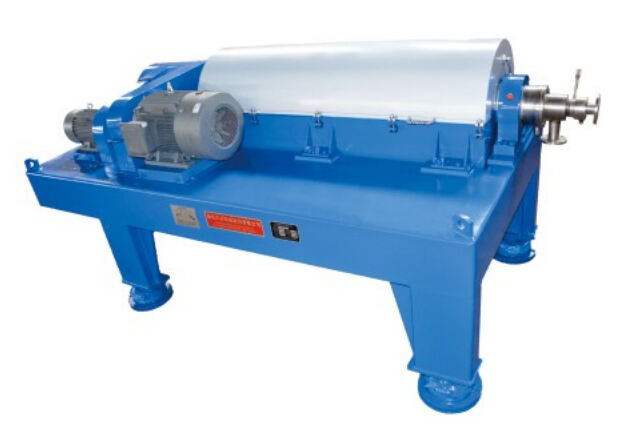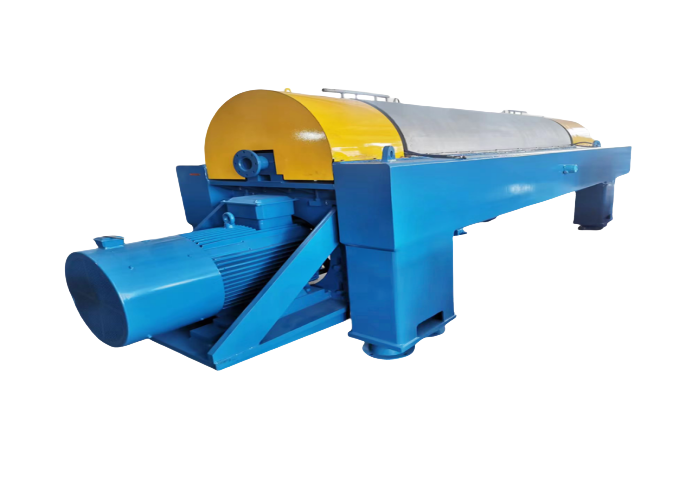paper mill wastewater treatment
Paper mill wastewater treatment represents a crucial environmental protection process designed to manage and purify the substantial water discharge from paper manufacturing operations. This comprehensive treatment system employs multiple stages to effectively remove contaminants, including suspended solids, chemical compounds, and organic materials. The primary treatment phase involves physical separation methods such as screening and sedimentation to remove larger particles and fibers. Secondary treatment utilizes biological processes, incorporating aerobic and anaerobic treatments to break down organic compounds and reduce biochemical oxygen demand (BOD). Advanced tertiary treatment may include chemical precipitation, membrane filtration, and UV disinfection to achieve higher water quality standards. Modern paper mill wastewater treatment facilities often integrate automated monitoring systems and advanced control mechanisms to maintain optimal performance and ensure compliance with environmental regulations. The system's design typically accommodates varying flow rates and contamination levels, making it adaptable to different production scenarios. This technology has evolved to include energy-efficient components and resource recovery capabilities, enabling water reuse and reducing overall environmental impact. The treatment process also focuses on sludge management, incorporating dewatering and disposal methods that align with sustainable practices.


